Flags of mourning in November
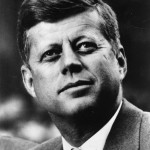
By James Breig
Fifty years ago, at 1:48 p.m. on an autumn Friday, the American flag atop the White House was lowered to half-staff, where it would remain for a month.
Millions of Americans can tell you why – and precisely where they were around noon that day: Nov. 22, 1963. It was a Friday of joyous banners that changed abruptly into days of mourning flags.
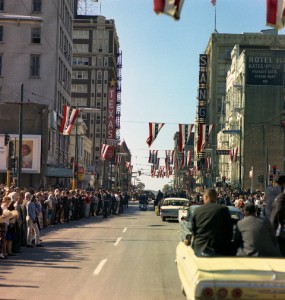
On that day, President John F. Kennedy was assassinated in Dallas, Texas. He had arrived on the presidential jet with Old Glory painted on its tailfin. Then he had ridden with his wife, Jacqueline, along a parade route festooned with flags and strung with bunting. An American flag snapped smartly from their limousine’s front bumper.
The assassin’s gunshots instantly turned the U.S. flags from insignias of welcoming joy to banners of sorrowful farewell. Throughout three days of tears, the Star-Spangled Banner was rarely out of sight.
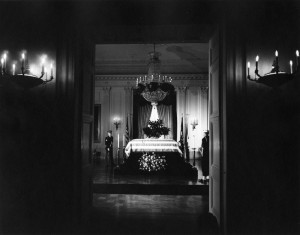
Anyone alive at the time can vividly recall the president’s flag-draped casket as it was moved from the White House to the Rotunda of the Capitol, where it rested on a catafalque that had held Abraham Lincoln’s body 98 years before.
Kennedy’s tiny son, then known as John-John, was seen clutching a flag in his fist as his black-clad mother held his other hand.
Around the nation, flags appeared in color on the front pages of daily newspapers, which advised readers that “flags should be at half-staff during the mourning period.”
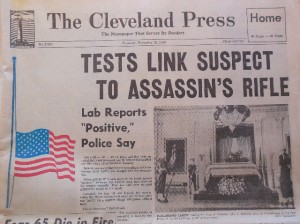
The grieving crossed international boundaries. Rows of national banners at the United Nations in New York City were lowered. In England, flags in soccer stadiums fell to half-mast. In Moscow, Soviet premier Nikita Khrushchev visited the U.S. embassy, where he signed a mourning book that lay beside a U.S. flag draped in black crepe.
On Nov. 25, the closing scene of that terrible time occurred when President Kennedy was buried at Arlington National Cemetery. The flag that had rested atop his coffin was folded into a taut triangle by military personnel.
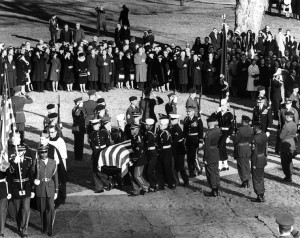
It was then handed to Jacqueline Kennedy by Jack Metzler, superintendant of Arlington Cemetery, who said: “Mrs. Kennedy, this flag is presented to you in the name of a most mournful nation.”
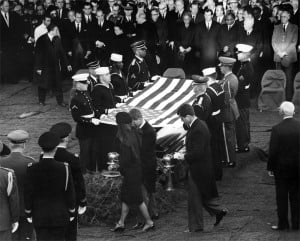
(That flag is now on view at the John F. Kennedy Presidential Library and Museum in Boston as one of the exhibits marking the 50th anniversary of the assassination. The exhibition concludes on Feb. 23. For information, go to www.jfklibrary.org.)
